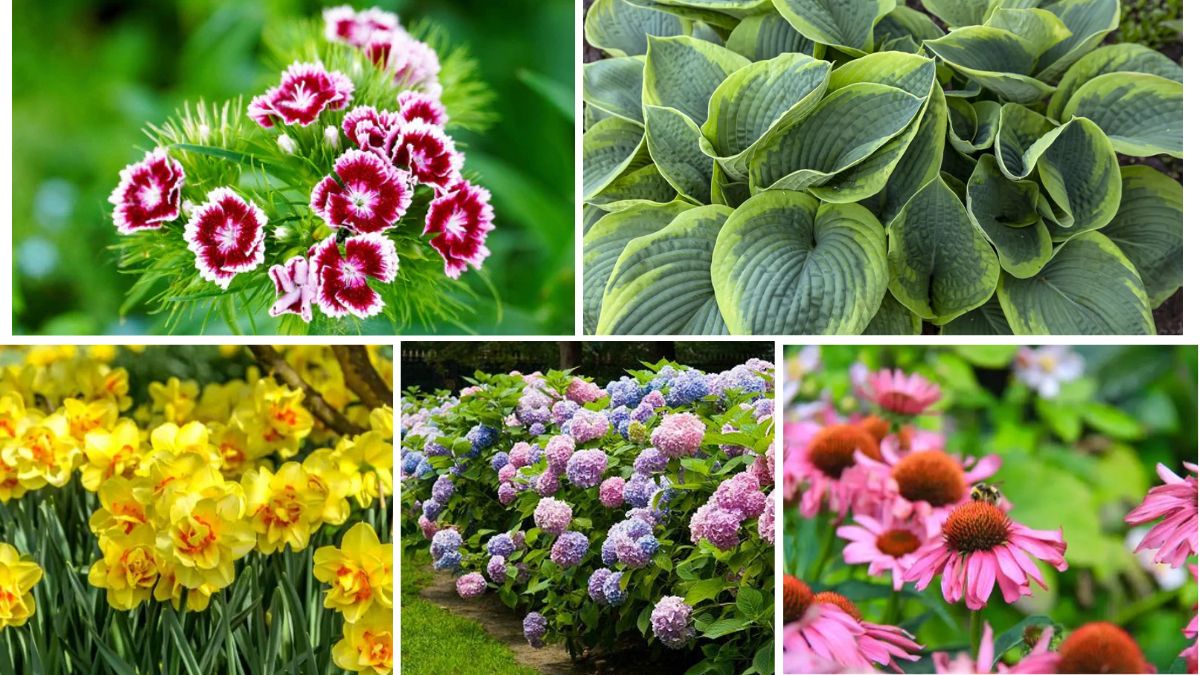India’s winters vary dramatically—from snowy Himalayan slopes to the cool yet mild plains of the north, and from dry central plateaus to the tropical south where “winter” may just mean a dip in temperature. But wherever you live, the drop in temperature can pose a challenge for gardeners. That’s where hardy winter-surviving plants come to the rescue.
Hardy plants are those that can withstand low temperatures, frost, and minimal sunlight, all while maintaining growth and even blooming in some cases. These plants are perfect for winter gardening, adding life, color, and structure when most other plants are dormant.
This article explores some of the toughest and most rewarding hardy plants for Indian winters, suitable for gardens, balconies, terraces, and landscapes across different climatic zones of the country.
Understanding Indian Winters and Plant Hardiness
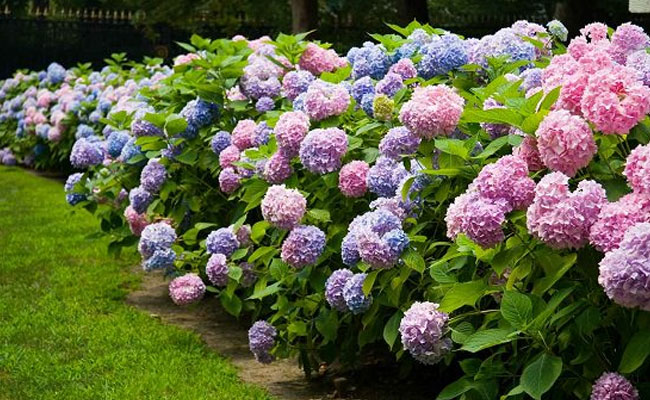
Climate Zones in India and Their Winter Behavior:
- North India (e.g., Delhi, Punjab, Himachal): Cold winters with frost; some areas see sub-zero temperatures.
- Central India (e.g., Madhya Pradesh, Chhattisgarh): Mild to moderate winter.
- West and East India (e.g., Gujarat, Odisha, Bengal): Cool to mild winters with occasional dry spells.
- South India (e.g., Kerala, Tamil Nadu): Tropical climate; minimal winter effect, more like a dry season.
What Makes a Plant Hardy?
- Tolerance to low temperatures or frost.
- Ability to store energy during dormancy.
- Drought resistance (especially for dry winter regions).
- Minimal need for sunlight or warmth during winter months.
Top 15 Hardy Plants That Survive Indian Winters
1. Marigold (Tagetes spp.)
Marigolds are one of the most reliable winter bloomers across India.
- Ideal for: North, Central, and South India.
- Why it survives: Tolerates mild frost and grows well in full sun during winter.
- Bonus: Naturally pest-resistant and low-maintenance.
2. Petunia (Petunia hybrida)
Known for vibrant flowers, petunias perform well in cooler months.
- Ideal for: Most Indian regions with full sun.
- Why it survives: Enjoys mild winters; thrives with bright light and cooler nights.
- Tip: Deadhead regularly for extended blooming.
3. Dianthus (Dianthus chinensis)
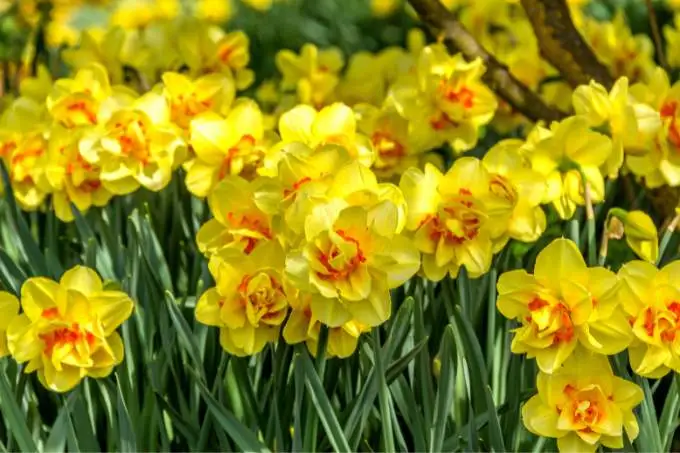
Also called pinks or carnations, these are compact, colorful, and cold-tolerant.
- Ideal for: Northern plains and hilly regions.
- Why it survives: Hardy enough to bloom through chilly temperatures.
- Bonus: Sweet fragrance and great for borders or pots.
4. Calendula (Calendula officinalis)
Often called the “pot marigold,” calendulas are tough winter bloomers.
- Ideal for: Northern and central regions.
- Why it survives: Can tolerate light frost and grows well in full sun.
- Benefit: Medicinal uses in skin care and teas.
5. Pansy (Viola tricolor var. hortensis)
Pansies add cheer with their “face-like” petals during winter.
- Ideal for: Cold climates and container gardening.
- Why it survives: Cold-hardy; thrives in winter sun and cooler days.
- Tip: Water well and mulch to protect roots in frosty areas.
6. Snapdragons (Antirrhinum majus)
Snapdragons are vertical bloomers with dramatic color spikes.
- Ideal for: Northern and central zones.
- Why it survives: Tolerates light frost and prefers cooler temperatures.
- Bonus: Long flowering season if deadheaded regularly.
7. Alyssum (Lobularia maritima)
This fragrant ground cover flourishes in winter with tiny clustered flowers.
- Ideal for: All Indian regions in cooler months.
- Why it survives: Grows best in mild winters; prefers sunny spots.
- Tip: Use along walkways or as companion plants in containers.
8. Salvia (Salvia splendens)
Salvia, with its bright red or blue flowers, is both hardy and ornamental.
- Ideal for: Central and southern India.
- Why it survives: Tolerant of cool nights and dry spells.
- Benefit: Attracts bees and butterflies even during winter.
9. Geranium (Pelargonium spp.)
A reliable winter bloomer with vibrant flowers and drought tolerance.
- Ideal for: Cool and dry winters.
- Why it survives: Hardy in pots; tolerates cooler temperatures and poor soil.
- Tip: Don’t overwater; prefers slightly dry conditions.
10. Chrysanthemum (Chrysanthemum morifolium)
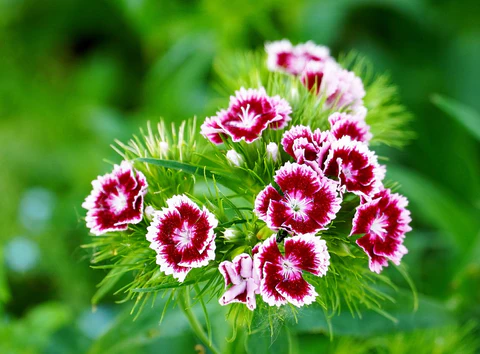
The go-to winter flowering plant in Indian households.
- Ideal for: North and central India.
- Why it survives: Hardy perennials that enjoy winter chills for best blooms.
- Bonus: Comes in many colors and sizes; symbol of longevity.
11. Nasturtium (Tropaeolum majus)
Bright and edible flowers that flourish in cool weather.
- Ideal for: Northern and coastal regions.
- Why it survives: Loves cool temperatures and doesn’t need rich soil.
- Tip: Avoid fertilizing too much—flowers come best in lean soil.
12. Sweet Peas (Lathyrus odoratus)
Fragrant climbers that bloom beautifully in early winter to spring.
- Ideal for: Northern hills and plains.
- Why it survives: Prefers cold weather; fades as temperatures rise.
- Tip: Needs support; best grown in trellised pots or garden beds.
13. Larkspur (Delphinium consolida)
Larkspurs add vertical beauty to gardens and tolerate cold well.
- Ideal for: North Indian plains and hills.
- Why it survives: Germinates and grows in cold; frost-tolerant.
- Bonus: Tall spires with vivid blue, purple, or white flowers.
14. Phlox (Phlox drummondii)
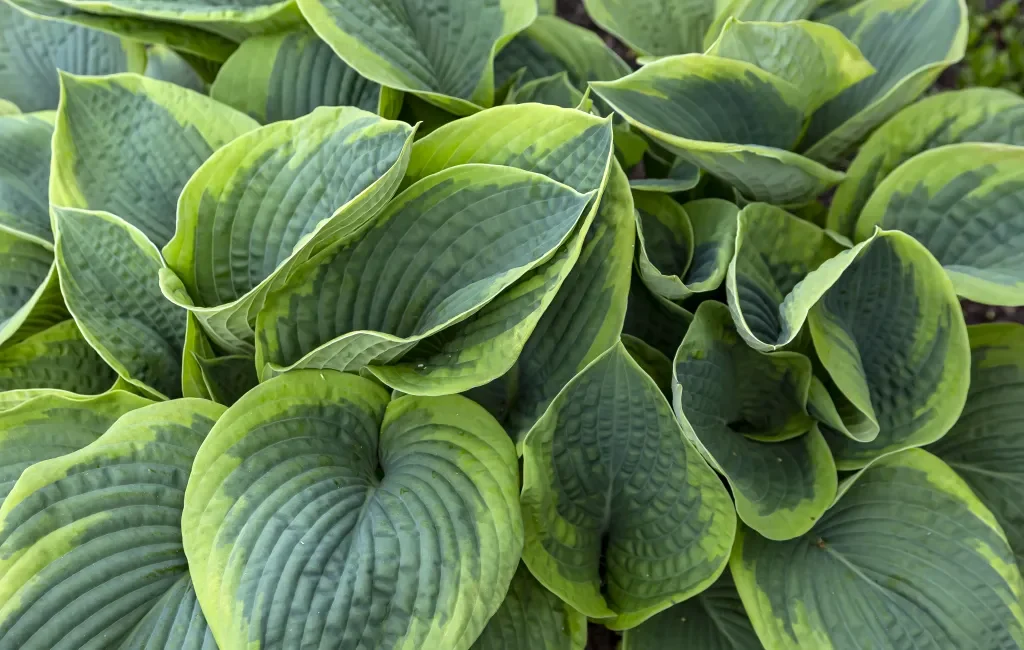
Compact and colorful annuals that bloom well in cool climates.
- Ideal for: Central and northern regions.
- Why it survives: Performs best in cool to mild temperatures.
- Tip: Great for edging or pot displays.
15. Gazania (Gazania rigens)
These sun-loving perennials show off bold, daisy-like blooms.
- Ideal for: Southern and western India during winter.
- Why it survives: Tolerates drought and cool temperatures.
- Bonus: Blooms open in sunlight; perfect for winter sunspots.
Winter Gardening Tips for Hardy Plants
To make the most of your winter garden with hardy plants, follow these essential practices:
1. Choose the Right Location
- Most winter plants love full sun, which keeps the soil warm and dry.
- In very cold regions, use polytunnels or greenhouses to protect tender varieties.
2. Mulch Wisely
- Add mulch around the base of plants to retain warmth and moisture.
- Organic mulch like straw or dry leaves also keeps soil from freezing.
3. Water Moderately
- Winter air may be dry, but soil doesn’t dry out quickly. Water only when topsoil feels dry.
4. Fertilize Lightly
- Use low-nitrogen fertilizers in early winter to avoid excessive leaf growth.
- Feed flowering annuals monthly with compost tea or balanced NPK feed.
5. Prune and Deadhead
- Remove faded flowers to encourage new buds.
- Prune back leggy growth in shrubs like chrysanthemums and geraniums.
Designing a Hardy Winter Garden in India
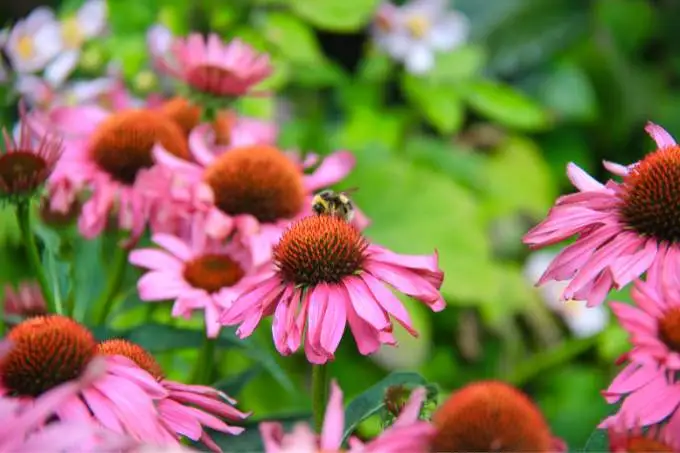
For Small Spaces:
- Use terracotta or plastic pots with pansies, petunias, and calendulas.
- Hang baskets with alyssum and nasturtiums for color.
For Garden Beds:
- Combine snapdragons, phlox, and larkspur for height and variety.
- Add marigold borders for pest control and color.
For Tropical Winters:
- Choose salvia, gazania, and geraniums that thrive in mild winter sun.
- Grow in well-drained pots to avoid root rot.
Conclusion: Beauty That Braves the Cold
Indian winters might not be severe everywhere, but they can still limit what grows in your garden. By choosing hardy plants that are adapted to withstand the cool and dry conditions of winter, you can enjoy a lush and colorful garden throughout the season.
Whether you’re in the chilly hills of Himachal or the warm plains of Karnataka, these hardy plants will not only survive the season—they’ll thrive, bloom, and transform your space into a winter wonderland of color and vitality.
